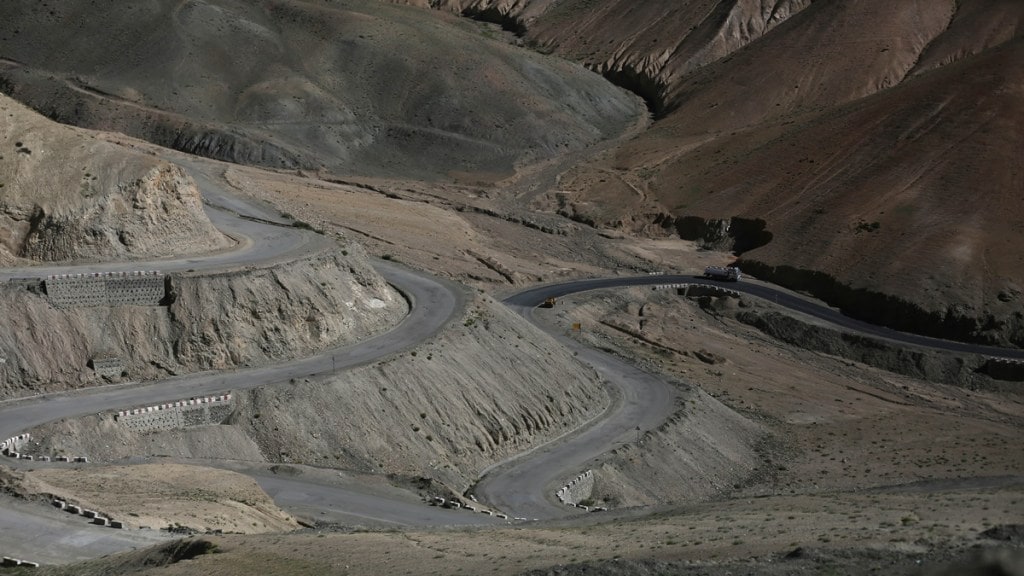The Indian Air Force (IAF) is reinforcing its presence in the challenging terrain of Ladakh, a region sharing borders with China and Pakistan. This strategic move involves the establishment of a new full-fledged operating base in Nyoma, Ladakh.
Currently, Nyoma possesses a mud-paved runway, primarily used for helicopters and special operations planes like the C-130J. However, it is undergoing a transformation into a fighter jet base with a paved runway capable of launching and recovering planes and performing minor maintenance tasks.
The IAF already operates from Leh, Kargil, and Thoise (the base for Siachen operations) in the Ladakh region. Additionally, there’s a semi-paved airstrip at Daulat Beg Oldie and two mud-paved landing grounds at Chushul and Fukche.
Nyoma, situated on the banks of the Indus River, approximately 180 kilometers southeast of Leh, stands at an altitude of 13,700 feet, making it one of the world’s highest airfields. India’s Defence Minister praised this initiative, stating that this airfield would be a game-changer for the armed forces.
The Defence Minister Rajnath Singh, in a recent event, inaugurated a significant development by unveiling 90 Border Roads Organisation (BRO) projects, amounting to Rs 2,941 crores, across ten states and union territories. Among these projects was the inauguration of the 422.9-meter Devak Bridge in Samba, Jammu, and the 500-meter Nechiphu Tunnel in Arunachal Pradesh.
The BRO, under the Ministry of Defence, has been entrusted with the task of completing the Nyoma project, which comes at a cost of Rs 214 crores, within two years. This undertaking will result in a fully functional paved runway for fighter jets, complemented by essential military infrastructure.
The Nyoma site spans across 1,235 acres and will host a 2.7-kilometer runway. This development becomes particularly crucial in the wake of the military standoff with China in April 2020 and the subsequent clashes in Galwan, eastern Ladakh, in June 2020. In response, the IAF initiated a significant airlift operation from existing bases in the region. This operation involved the transportation of over 68,000 Army soldiers, nearly 90 tanks, around 330 BMP infantry combat vehicles, radar systems, artillery, and other equipment to rapidly reinforce positions along the Line of Actual Control.
While Chushul and Fukche airstrips are in close proximity to the Line of Actual Control, they are within the observation range of Chinese forces, making them suitable for emergency use only. Nyoma’s transformation into a fully operational fighter jet base will significantly enhance India’s military capabilities in the Ladakh region, ensuring greater preparedness and agility in the face of evolving security challenges.


